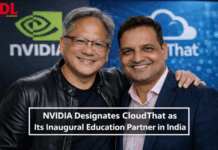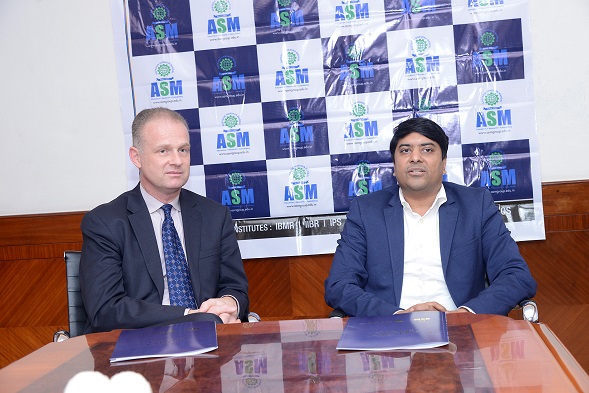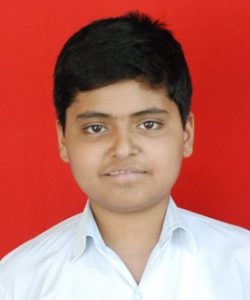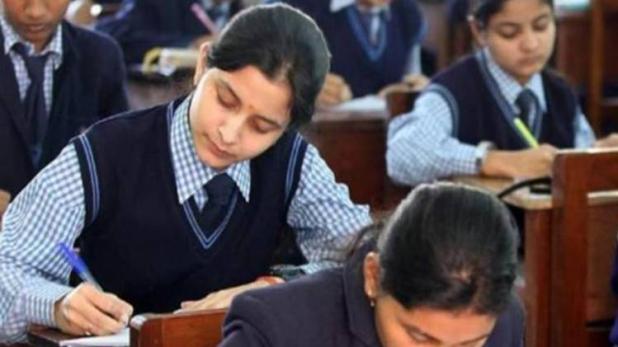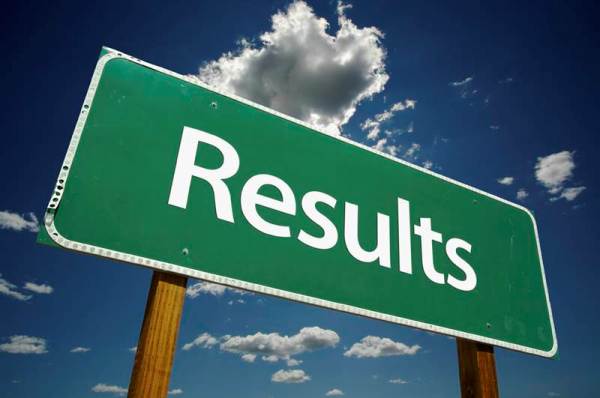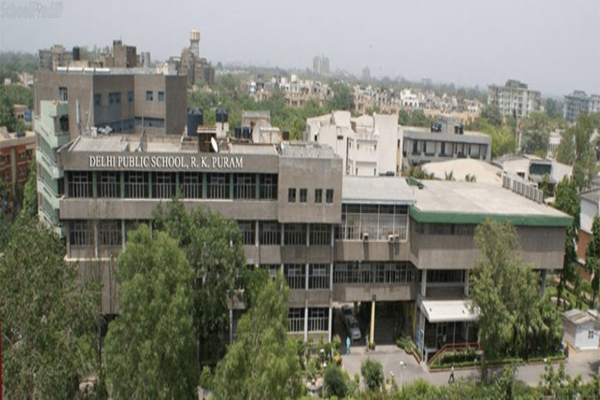In the Industry Revolution 4.0, where machines are competing with humans’ cognitive abilities, there is a need to foster pedagogical interventions which nurture students such as that they think critically, raise questions, seek explanations and collaborate for problem-solving.
As technology marches into our daily life and disrupts our way of working, we must adopt it. This is why we believe in life-long learning and skilling to nurture the human advantage.
The genesis of Arc Skills has been a vision and aspiration to seamlessly align everyone in the education ecosystem to progressively cultivate the Generation Z students as active learners with key skills to cope up with the rapidly changing world.
This is performed through the continuous pathway of skill solutions which imbibe a strong foundation as a school student, a higher education student, and a working professional, without giving them a stop gap suboptimal solutions.
We have helped thousands of people, businesses, and schools across the US, UAE, South Africa, Kenya, Nigeria, Malaysia, India, and Argentina. Our large network of trainers is certified by international curriculum providers and deliver award winning skills development solutions using modern technology and methods.
Skill or ability to do something really well requires special training. Conversations like the need for new-age learning, professional education, and new forms of credentialing etc. are demolishing the boundaries of what we thought as academicians and corporate. The buzz around unemployability and under-employability is exponentially magnified with the dynamic and different pace of change, as the new generation is expected to be the leader for this change.
Generation Z cannot really remember the times before technology, the times before everything was on finger- tips, and as they refuse to be passive learners, the regular showing up in class and attending lectures to make notes, is something they’re least interested in.
Our programme SOAR for K-12 is an integrated pathway, starting from the brink of education is a unique and one of its kind to integrate technology, immersive learning and gamification into a learning programme, designed to address different aspects of socio-emotional skills, fundamental skills and career-based skills.
Our very first programme Skills 21 has had rave reviews throughout the globe for its ability to bring significant changes in the students through real life situations and gamified pedagogy. A seamless connection between academic experiences and real-life situations is a must for the child.
We’re in the age where bots, are taking over the regular jobs which were human-based and as per the recent reports from WEF, 2/3rd of the existing jobs will be obsolete in the next decade. What would remain then is the ability to adapt, the advantage of being human and non-cognitive abilities, which are the drivers for your cognitive skills at large.
As an organisation involved in skilling through sectors, communities, countries, we’ve been constantly evolving ourselves as per the need of the hour and today, I believe, nothing is more critical than the ability to adapt, or to unlearn or learn. To put it into more context, post IQ and EQ the CQ (Change Quotient) has become a critical quotient of this decade.
(Note: The writer, Kakul Misra, is the Chief Operating Officer, India- Arc Skills. Views expressed are a personal opinion.)

